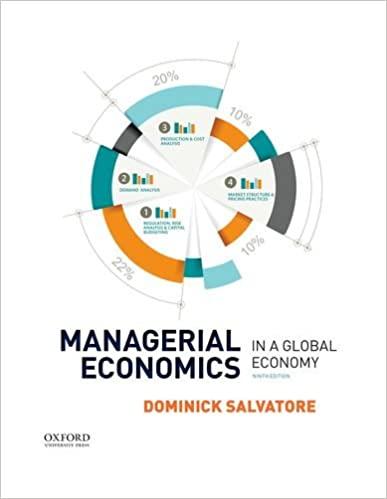Question
Lavender Repair Company, a regional hardware chain that specializes in do it yourself materials and equipment rentals, is cash rich because of several consecutive good
Lavender Repair Company, a regional hardware chain that specializes in do it yourself materials and equipment rentals, is cash rich because of several consecutive good years. One of the alternative uses for the excess funds is an acquisition. Doug Zona, Lavenders treasurer, and your boss, has been asked to place a value on a potential target, Lyons Lighting (LL), a chain that operates in several adjacent states, and he has enlisted your help.The table below indicates Zonas estimates of LLs earnings potential if it came under Lavenders management (in millions of dollars). The interest expense listed here includes the interest:
(1) on LLs existing debt, which is $ million at a rate of 9%, and (2) on new debt expected to be issued over time to help finance expansion within the new L division, the code name given to the target firm. If acquired, LL will face a 35% tax rate. Security analysts estimate LLs beta to be X. The acquisition would not change Lyons capital structure, which is 22% debt. Zona realizes that Lyons Lightings business plan also requires certain levels of operating capital and that the annual investment could be significant. The required levels of total net operating capital are listed in the table. Zona estimates the risk-free rate to be 7.2% and the market risk premium to be 4.75%. He also estimates that free cash flows after 2020 will grow at a constant rate of Z%.
| Column1 | Group 7 |
| LL's Debt | 55 |
| LL's beta (X) | 1.12 |
| Free Cash Flow growth Rate (Z) | 6.5 |
| Sales Projections: | ||||||
| Column1 | 2015 | 2016 | 2017 | 2018 | 2019 | 2020 |
| Net Sales | 0 | 60 | 90 | 112.5 | 127.5 | 139.7 |
| COGS | 0 | 36 | 54 | 67.5 | 76.5 | 83.8 |
| Selling Admin Expenses | 0 | 4.8 | 6.1 | 7.6 | 9.2 | 11.3 |
| Interest Expense | 5 | 6.5 | 6.5 | 7 | 8.16 | |
| Total Net Operating Capital | 150 | 150 | 157.5 | 163.5 | 168 | 173 |
a. Several reasons have been proposed to justify mergers. Among the more prominent are: (1) tax considerations, (2) risk reduction, (3) control, (4) purchase of assets at below replacement cost, (5) synergy, and (6) globalization. In general, which of the reasons are economically justifiable? Which are not? Which fit the situation at hand? Explain.
b. Briefly describe the differences between a hostile merger and a friendly merger.
c. What are the steps in valuing a merger?
d. Use the data developed in the table to construct the L divisions free cash flows for 2016 through 2020. Why are we identifying interest expense separately when it is not normally included in calculating free cash flows or in a capital budgeting cash flow analysis? Why is investment in net operating capital included when calculating the free cash flow?
e. Conceptually, what is the appropriate discount rate to apply to the cash flows developed in part c? What is your actual estimate of this discount rate?
f. What is the estimated horizon, or continuing, value of the acquisition; that is, what is the estimated value of the L divisions cash flows beyond 2020? What is LLs value to Lavenders shareholders? Suppose another firm were evaluating LL as an acquisition candidate. Would it obtain the same value? Explain.
g. Assume that LL has 22 million shares outstanding. These shares are traded relatively infrequently, but the last trade (made several weeks ago) was at a price of $11 per share. Should Lavenders make an offer for Lyons Lighting? If so, how much should it offer per share?
h. How would the analysis be different if Lavender intended to recapitalize LL with 40% debt costing 10% at the end of 4 years? This amounts to $221.6 million in debt as of the end of 2019.
i. There has been considerable research undertaken to determine whether mergers really create value and, if so, how this value is shared between the parties involved. What are the results of this research?
j. What method is used to account for mergers?
k. What merger-related activities are undertaken by investment bankers?
l. What are the major types of divestitures? What motivates firms to divest assets?m. What are holding companies? What are their advantages and disadvantages?
Step by Step Solution
There are 3 Steps involved in it
Step: 1

Get Instant Access to Expert-Tailored Solutions
See step-by-step solutions with expert insights and AI powered tools for academic success
Step: 2

Step: 3

Ace Your Homework with AI
Get the answers you need in no time with our AI-driven, step-by-step assistance
Get Started


